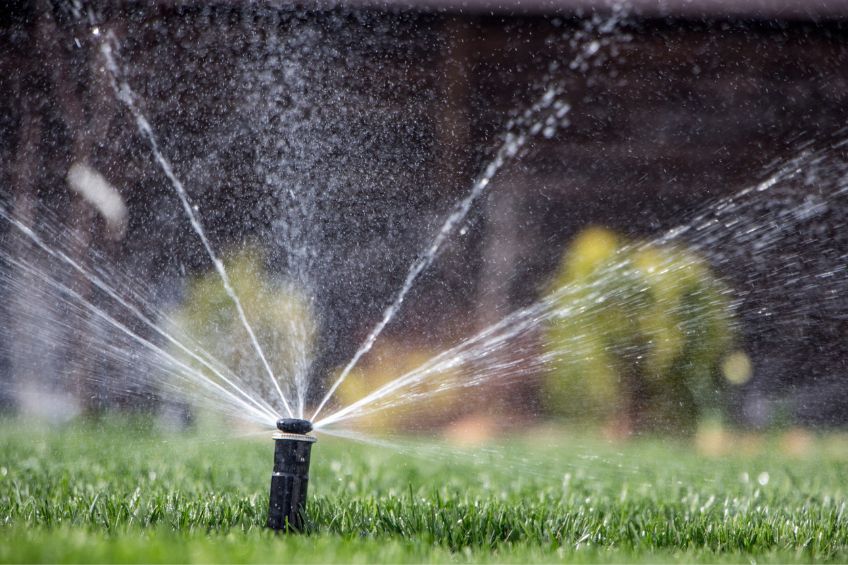
Garden enthusiasts make perfecting their lawns a top concern as spring approaches. In addition to being aesthetically pleasing, a lush, green lawn shows how much time and attention you put into your outside area. Achieving this lush beauty primarily depends on how well your sprinkler system works. Now is the time to revitalize and fine-tune your watering methods, carefully modifying sprinkler coverage and patterns to promote ideal grass growth and preserve soil hydration, all the while taking into account the extra factors like the function of rain sensors and the significance of seasonal fertilizer.
Make sure your sprinkler system is capable of waking your lawn from its winter hibernation. Your grass should receive an even distribution of water from a well-maintained system. Look for any damage to sprinkler heads, leaking valves, or clogged nozzles that may have happened during the winter. These problems may result in overwatering or dry patches, which may stress your grass and increase its susceptibility to weed growth or disease. Keep in mind that a lawn can only be as healthy as the water it receives.
Your sprinkler system should be accurate in addition to being functional. To ensure that water reaches every section of your lawn—avoid non-grassy areas like roads and sidewalks—adjust the coverage area and patterns. This encourages consistent growth over your lawn while also conserving water. You provide the groundwork for your grass to develop healthily and uniformly by fine-tuning your sprinklers for the best possible throw and rotation.
The secret is to know what kind of moisture your soil needs. While underwatering can cause stress on the grass, overwatering can result in shallow root systems. The effectiveness of your irrigation system can be significantly increased by adding rain sensors. These rain-sensing sensors automatically modify watering schedules to avoid overwatering, which is economical and environmentally beneficial in addition to being beneficial for the lawn. To provide ideal conditions for root development and disease prevention, make sure your soil retains a balanced moisture content.
Fertilization is important because it supplies the necessary nutrients to make your grass thick and lush. But how well it works depends a lot on how you water it. After applying fertilizer, make sure you water your garden appropriately to allow the nutrients to penetrate into the soil and reach the roots. On the other hand, overwatering can lead to the loss of nutrients before they have an opportunity to be absorbed. Achieve the ideal balance by coordinating your watering plan with your fertilization schedule, which will maximize the advantages.
By addressing these important components — precise sprinkler adjustments, moisture management, and strategic fertilizer — you lay the groundwork for a spring full of growth and the beauty of a lush green lawn. Remember that the effort you put into calibrating your sprinklers today can result in a season-long display of natural beauty right in your own garden.